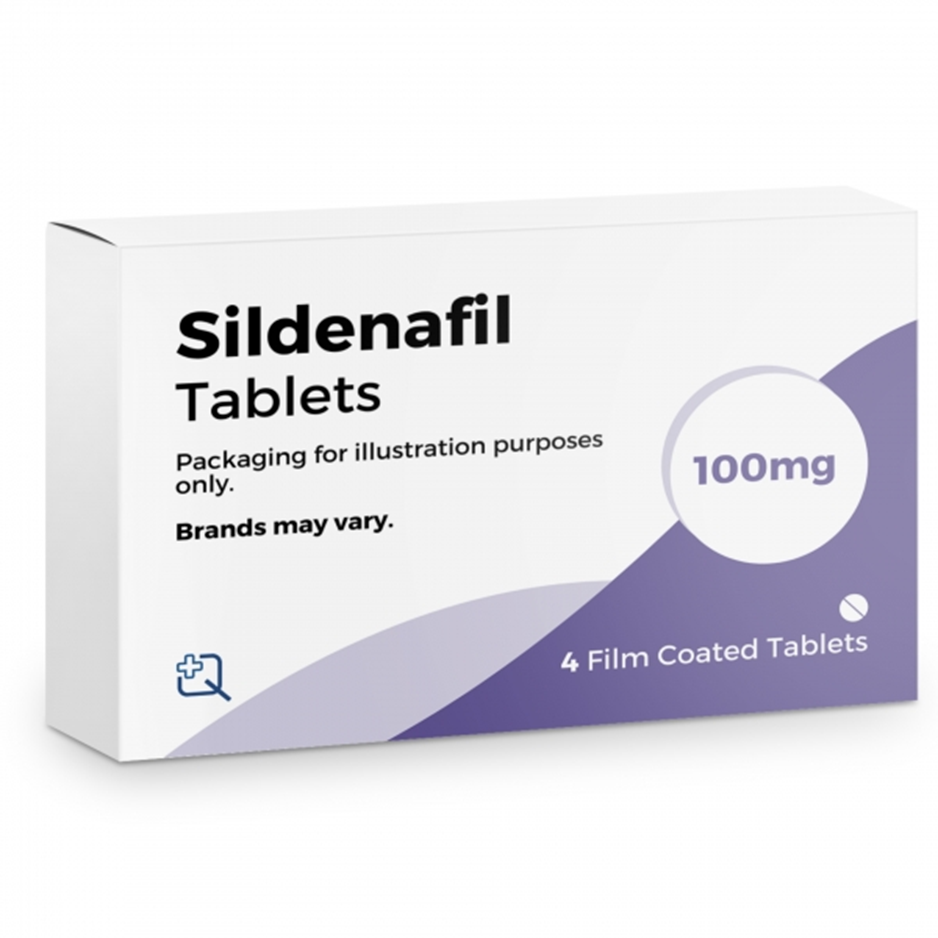A nurse is teaching a client how to draw up regular insulin and NPH insulin in the same syringe. Which of the following instructions should the nurse include?
Inject air into the regular insulin first.
Shake the NPH insulin until it is well mixed.
Draw up the NPH insulin into the syringe first.
Discard regular insulin that appears cloudy.
The Correct Answer is D
Choice A reason: This is incorrect. When mixing regular (clear) and NPH (cloudy) insulin, air should be injected into the NPH vial first, then into the regular insulin vial. This prevents contamination of the regular insulin with NPH insulin.
Choice B reason: This is incorrect because the nurse should not shake the NPH insulin vial, but rather roll it gently between the palms to mix it. Shaking can cause bubbles and affect the accuracy of the dose.
Choice C reason: This is incorrect because the nurse should draw up the regular insulin into the syringe first, then the NPH insulin. This prevents mixing of the NPH insulin with the regular insulin in the vial.
Choice D reason: This is correct. Regular insulin should always be clear. If it appears cloudy, it may be contaminated or expired and should be discarded.
Nursing Test Bank
Naxlex Comprehensive Predictor Exams
Related Questions
Correct Answer is D
Explanation
Choice A reason: This is incorrect because sildenafil and nitrates do not affect each other's effectiveness, but rather their side effects. Sildenafil is a phosphodiesterase-5 inhibitor that enhances the effect of nitric oxide, which causes vasodilation and increases blood flow to the penis. Nitrates are vasodilators that also increase nitric oxide levels and reduce the workload of the heart.
Choice B reason: This is incorrect because sildenafil and nitrates do not cause a significant increase in pulse rate, but rather a decrease. This is because the vasodilation caused by both drugs lowers the blood pressure and the cardiac output, which reduces the heart rate.
Choice C reason: This is incorrect because sildenafil and nitrates do not increase the risk of bleeding, unless they are combined with other drugs that affect the blood clotting process, such as anticoagulants or antiplatelets.
Choice D reason: This is correct because sildenafil and nitrates can cause a significant decrease in blood pressure when taken together, as they both cause vasodilation and increase nitric oxide levels. This can lead to hypotension, dizziness, fainting, or even a heart attack or stroke. The patient should avoid taking sildenafil and nitrates within 24 hours of each other.

Correct Answer is A
Explanation
Choice A reason: Decreases inflammation is a therapeutic effect of prednisone. Prednisone is a corticosteroid that suppresses the immune system and reduces the production of inflammatory mediators. This helps to relieve the pain, swelling, and stiffness of rheumatoid arthritis.
Choice B reason: Increases bone density is not a therapeutic effect of prednisone. Prednisone can cause bone loss and osteoporosis by decreasing calcium absorption and increasing calcium excretion. This increases the risk of fractures and bone damage.
Choice C reason: Reduces risk of infection is not a therapeutic effect of prednisone. Prednisone can increase the risk of infection by weakening the immune system and making it less able to fight off pathogens. This requires close monitoring and prophylactic antibiotics.
Choice D reason: Improves peripheral blood flow is not a therapeutic effect of prednisone. Prednisone can impair peripheral blood flow by causing vasoconstriction and increasing blood pressure. This can worsen the symptoms of peripheral vascular disease and increase the risk of thrombosis.
Whether you are a student looking to ace your exams or a practicing nurse seeking to enhance your expertise , our nursing education contents will empower you with the confidence and competence to make a difference in the lives of patients and become a respected leader in the healthcare field.
Visit Naxlex, invest in your future and unlock endless possibilities with our unparalleled nursing education contents today
Report Wrong Answer on the Current Question
Do you disagree with the answer? If yes, what is your expected answer? Explain.
Kindly be descriptive with the issue you are facing.
